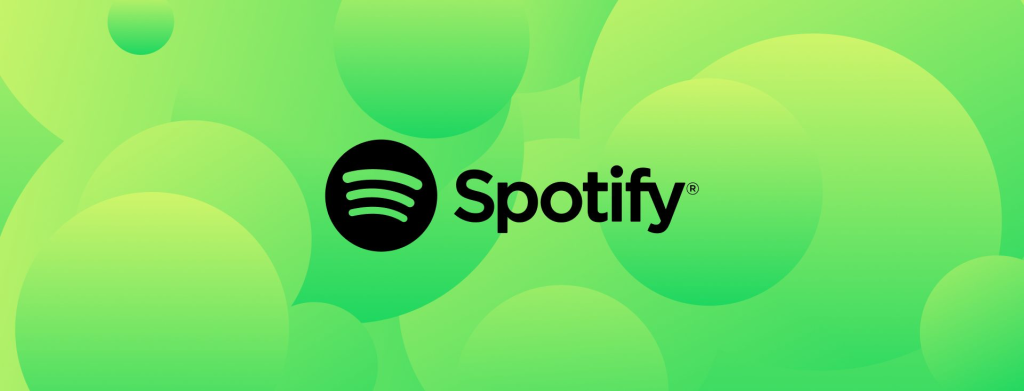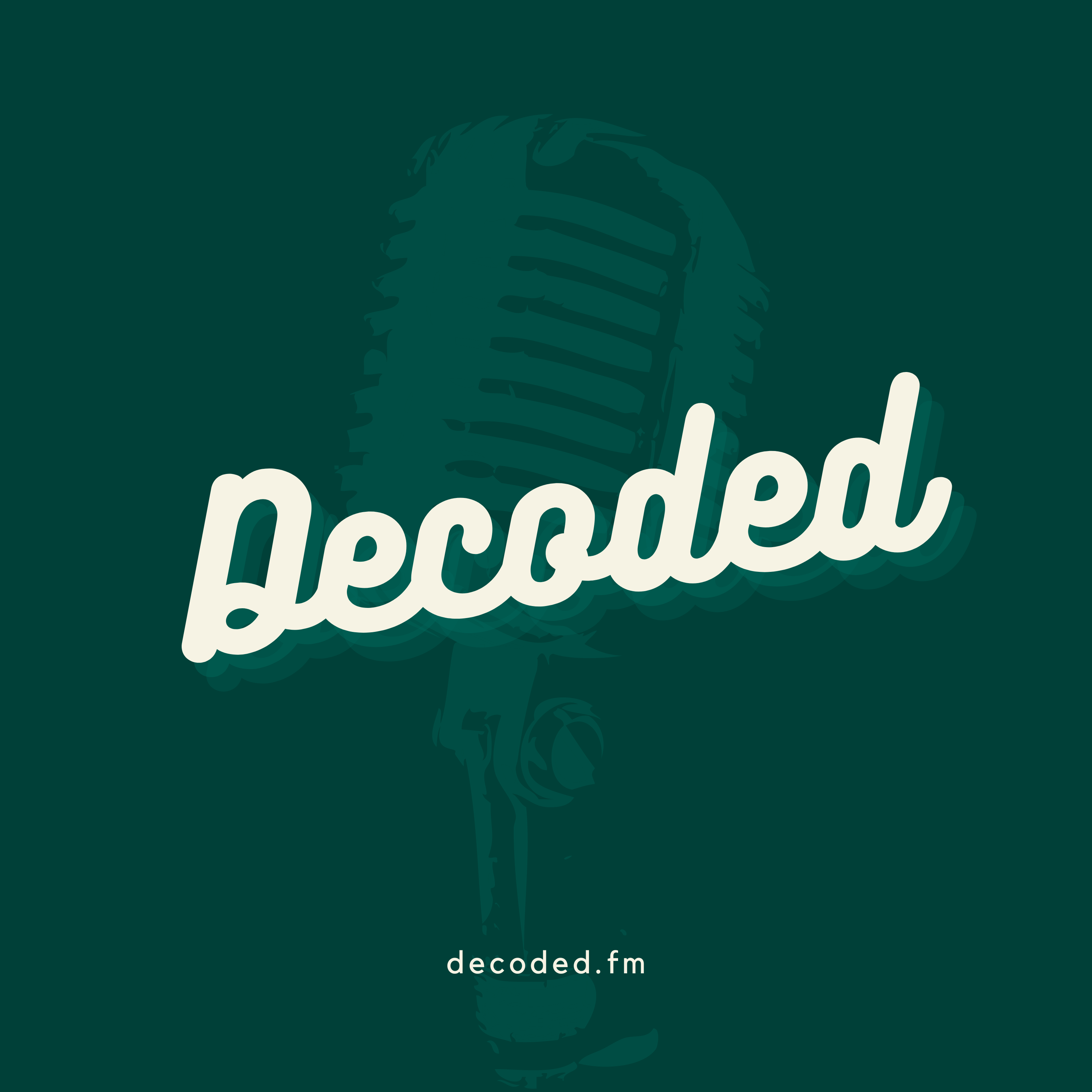What They Do
Spotify is the world’s most popular audio streaming service. Its content can be roughly broken down into three types: music, podcasts, and audiobooks.
Spotify monetizes both with advertising revenue and consumer subscription revenue. It pays content providers, including artists and music labels, royalties for the license to distribute content to consumers.
Spotify runs a freemium model. Free users get ads, paid users don’t. Free users can only select the track they want to listen to and rewind / have unlimited skips on desktop, but on mobile, free users can only listen to songs on shuffle and are limited to 6 “skips” per hour. Premium users can listen to music however they want. Further, Premium users get 15 hours of free audiobook listening per month from a library of over 200,000 audiobooks.

Show Me The Money
Spotify ended Q1 with 615 monthly-active users (+19% YoY) and 239M premium subscribers (+14% YoY). It made $3.9B of revenue (+20% YoY), $3.5B of which came from premium subscriptions.
Spotify walked away with $1.1B of gross margins (28% of revenue) and made an operating income of $180M (5% of revenue).
On an annualized basis, the rough scale is: $15B of revenue and $4.5B of gross margins, growing 20% YoY. Given it hasn’t yet been consistently profitable at a company level, the annual scale of operating income yet be determined, but likely to hit hundreds of millions of dollars this year.
These numbers are very respectable, though not at Netflix’s scale (~$7B of operating profit in 2023).
Their Secret Sauce
1. Make something 10x better than free
Spotify faced impossible odds. The alternative to music streaming was music piracy, which was easy, popular, and free. In order to convince users to listen to ads or pay for music streaming, the product had to be 10x better than the alternative.
Thankfully, music piracy had a bunch of really annoying drawbacks. Not all download links worked all the time, and it wasn’t guaranteed that everything you downloaded would actually play. Or that it would be right song. Or that it would be high quality. And you had to put in the work to organize the tracks into albums and playlists and sync the album art.
With Spotify, users no longer had to do any of that. All users had to do was download the Spotify app and the world’s music was instantly accessible. And at first, all users had to trade off was listening to ads. It was an instant hit.
When mobile came around, Spotify faced an even tougher test. Music labels charged a much higher royalty for playing music on mobile than on desktop (the idea was that being able to play music on the go was much more valuable). There was no way Spotify could offer unlimited music streaming on mobile for free. They had to charge for it.
And again, thankfully, the math worked out in Spotify’s favor. Turns out, consumers were willing to pay for the convenience of having the world’s music in their pocket, instantly accessible, without all the hassle of downloading and syncing to their phones.
So there ya have it, folks: it is possible to be better than free.
2. Personalization makes switching massively painful
When Apple, Google, Amazon, and the other large tech companies started offering similar music streaming services, it seemed like Spotify’s days were numbered. Thank you for innovating and showing the world that the model worked, but your services are no longer needed.
However, nearly a decade after the launch of Apple Music, Spotify continues to be the market leader with ~30% market share. And it doesn’t look like it’s going anywhere anytime soon.
What led to Spotify being able to keep its user base, despite the tech giants’ willingness to subsidize users to get them to switch? (I’m currently on Apple Music’s 3 month free trial for like the 5th time and yet I’m still a Spotify subscriber).
I have all of my liked songs on Spotify. I have playlists on Spotify. I have more than a decade of listening history on Spotify. I turn on Spotify, and the home page is *relevant* to me. No matter how hard the other services try, I can’t recreate that amount of history. I’ll lose a piece of myself.
And unlike the video streamers, each service has basically the same library. Given the dynamics in this market, no artist can afford to not distribute on Spotify. So without exclusives to draw people to different platforms, there’s no real reason to switch. The video streamers, on the other hand, depend on exclusives to draw viewers and so generally see much higher churn (with the exception of Netflix, for reasons beyond my comprehension!) According to Antenna (a research and analytics firm), fewer than 1.5% of Spotify’s user base churned in Apr 2024. For video streamers, the weighted monthly churn is 5.5%.
3. Unleash the Power of the Community
Spotify invested early in social features, and it continues to reap the rewards. On Spotify, whatever your mood, you can probably find someone who created a playlist to satisfy it. And its social-media-shareable summary of your music taste and listening habits known as Spotify Wrapped has gone viral every year since it’s introduction in Dec of 2016.
4. Positioning as an “audio” app, not a “music” app
Spotify, unlike its competitors, doesn’t have “Music” in its name. And that is one of its biggest advantages. It started investing heavily in podcasting in 2019. At first, this was another non-obvious move. Everyone thought podcasting was a relatively small industry that needed its own app. Music is sacred and needs to remain separate from other forms of audio.
Today, over 100M people listen to podcasts on Spotify regularly (out of 600M monthly-active users). Apple unfortunately doesn’t publish user numbers for Apple Podcasts (the OG podcasts app — after call, “pod” cast refers to the iPod!) but I’d be very surprised if Apple continues to have a significant lead over Spotify in terms of usage. And I’d be willing to bet that Spotify’s podcast business has overtaken or will shortly overtake Apple Podcasts.
The most attractive attribute about Spotify’s podcast business is that most podcasters *depend* on Spotify for distribution, whereas in the streaming business, Spotify *depends* on the large music labels for content. So instead of paying royalties to creators, Spotify gets that content for free (with rare exceptions, such as Spotify produced shows and shows like the Joe Rogan Experience). In this new business structure, Spotify’s gross margins are no longer capped by what the labels will allow. A premium subscriber that listens to podcasts on Spotify instead of music contributes almost 100% margin as opposed to the ~30% for music.
One more thing about podcasts on Spotify: even premium users get ads. So not only is the content free, but Spotify can monetize the usage across its *entire* user base by selling ads and then sharing that revenue with content creators. And again, Spotify calls the shots on how much they ultimately decide to share with those creators — it just has to be high enough to entice creators to work with Spotify.
5. Maximize value to free users, make all your money from those who pay
One thing to note about Spotify’s financials is that the gross margin on free users is basically 0. Whatever revenue Spotify is getting from their ad revenue, they are spending 100% of it on Cost of Goods Sold. In other words, Spotify structured their product to provide the maximum value they can to users while minimizing the inconvenience (eg of listening to ads). If Spotify increased the number of ads listeners have to sit through by 20%, or placed additional restrictions on how many songs they can listen to, Spotify might be able to turn that gross margin number positive. But that would mean a worse user experience, which might mean getting fewer users hooked and therefore less conversion to Premium.
And here’s why that’s smart. Total revenues in Q1 for ad-supported users was $420M. Per ad-supported MAU, that translates to about a $0.36 per user per month in top line value. Compare that with Premium users, which brought in $3.5B in revenue, or roughly $5 per user per month. The revenue potential for Premium users is so much higher than for Free that it doesn’t make sense to try to make margin on Free users. From a top-line perspective, a Premium user is ~14x more value than a Free one!

Leave a Reply